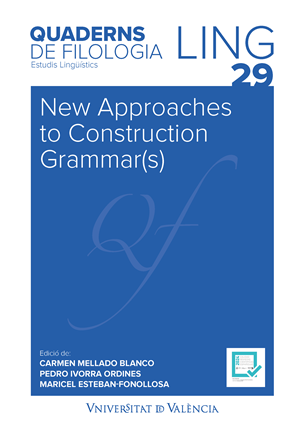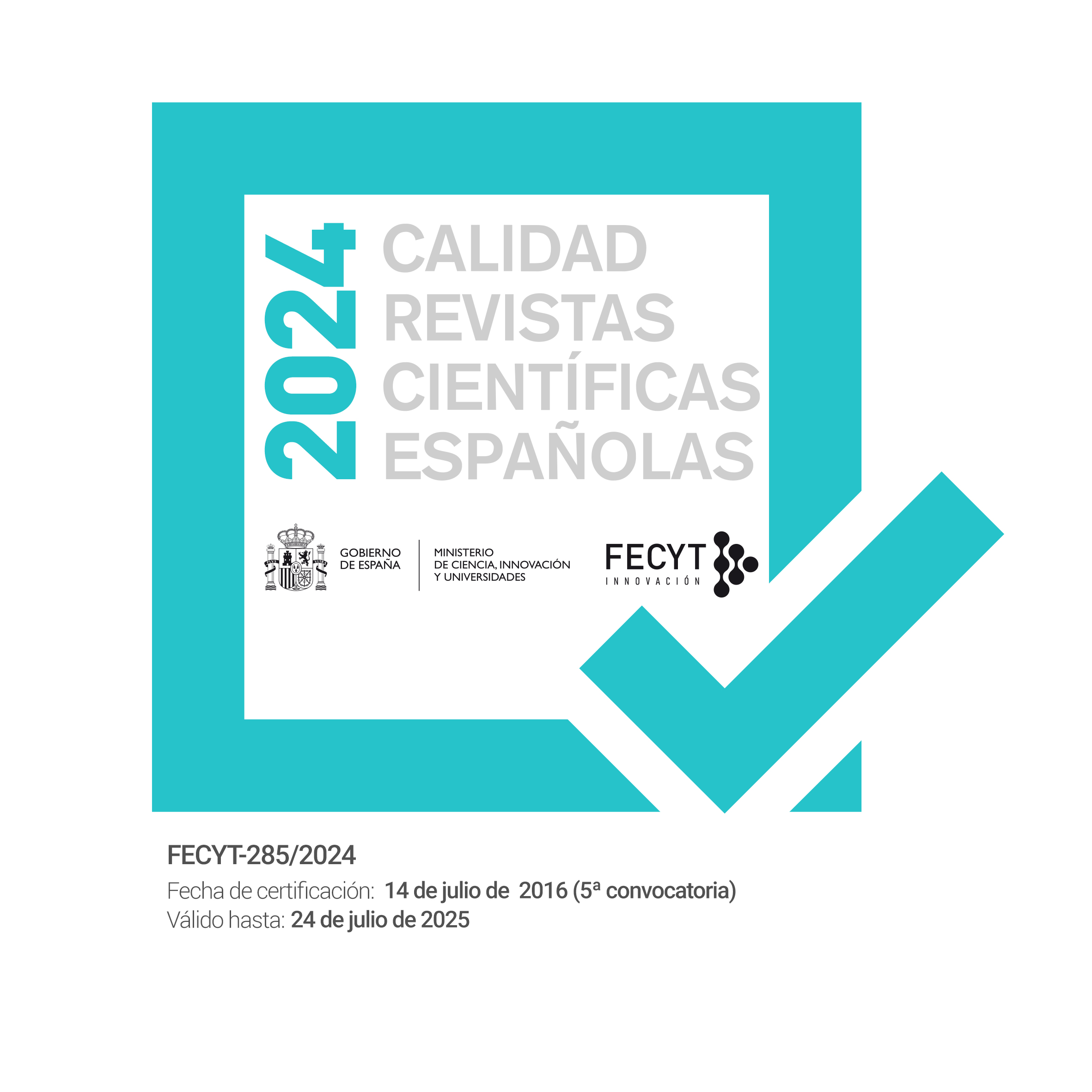The Hyperbolic Expression of Sensations in Spanish and German: An Analysis of the Constructional Idioms [morir(se) de (ART) S-sing{sensación}] and [vor N-Sg{Gefühlsempfindung} sterben] (engl. ‘to die of/to be dying of N-sing{sensation}’)
DOI:
https://doi.org/10.7203/QF.29.28891Keywords:
constructional idiom, contrastive phraseology, intensification, hyperbolic expression, sensations Abstract
Abstract
In Spanish and German, to hyperbolically express the experience of a physical or psychological sensation, the constructional idioms [V de (ART) Ssing{sensación}] / [vor NSg{Gefühlsempfindung} V] are employed. In these constructions, the verbal fillers morir and sterben stand out due to their high frequency of use and their great combinatorial ability compared to any other verb. This article aims to conduct a contrastive analysis, based on corpus data, of the constructions [morir(se) de (ART) Ssing{sensación}] and [vor NSg{Gefühlsempfindung} sterben], which are vertically related to the former. Data will be extracted for each language from the Spanish and German corpora in the Sketch Engine tool (esTenTen18 and deTenTen20), supplemented with information from the parallel corpus PaGeS. We will, consequently, analyse the formal characteristics of these constructions, relating them to the degree of structural fixation and their semantic and/or pragmatic properties. Additionally, we will provide a detailed description of the noun slot from a semantic perspective, with the goal of identifying the differences and similarities between the two languages.
 Downloads
Downloads
Downloads
Published
How to Cite
-
Abstract61
-
PDF (Español)28
Issue
Section
License
Copyright (c) 2024 Nely M. Iglesias Iglesias, Belén López Meirama

This work is licensed under a Creative Commons Attribution-NonCommercial-NoDerivatives 4.0 International License.
 Este obra está bajo una licencia de Creative Commons Reconocimiento-NoComercial-SinObraDerivada 4.0 Internacional.
Este obra está bajo una licencia de Creative Commons Reconocimiento-NoComercial-SinObraDerivada 4.0 Internacional.
Authors who publish with this journal agree to the following terms:
- Authors retain copyright and grant the journal right of first publication with the work simultaneously licensed under a Creative Commons Attribution License that allows others to share the work with an acknowledgement of the work's authorship and initial publication in this journal.
- Authors are able to enter into separate, additional contractual arrangements for the non-exclusive distribution of the journal's published version of the work (e.g., post it to an institutional repository or publish it in a book), with an acknowledgement of its initial publication in this journal.
- Authors are permitted and encouraged to post their work online (e.g., in institutional repositories or on their website) prior to and during the submission process, as it can lead to productive exchanges, as well as earlier and greater citation of published work (See The Effect of Open Access).




